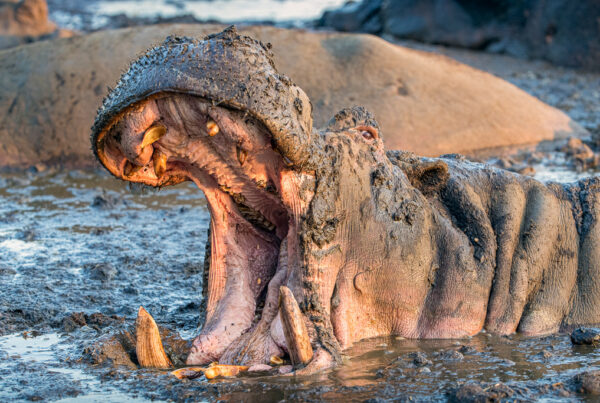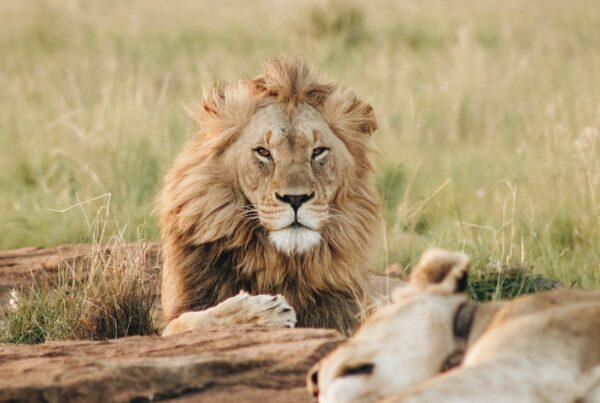Introduction
When you think of African wildlife, giants like elephants or predators like lions might come to mind.
But hidden in the quiet of the night, an unsung wonder roams the savannas, forests, and bushlands:
the Aardvark. With a pig-like snout, rabbit-like ears, and a tail resembling a kangaroo’s, the aardvark is a
true biological mystery. It belongs to an order all its own—Tubulidentata—and its name means “earth pig” in Afrikaans.
Despite its awkward appearance, the aardvark is a specialized and skilled survivor. Here are five
astonishing facts that shine a light on one of Africa’s most secretive mammals.
Table of Contents
1. The Aardvark Is a Species All on Its Own (Facts About the Aardvark)
The aardvark doesn’t belong to any family of pigs, rodents, or anteaters—even though it resembles all three.
It is the only living species in its order, Tubulidentata, a lineage that dates back over 50 million years.
This evolutionary isolation makes the aardvark an incredibly unique mammal, not closely related to any other living animal.
Its closest living relatives are surprisingly elephants, manatees, and tenrecs, all members of the Afrotheria clade.
That evolutionary distinctiveness alone makes the aardvark a living fossil and an animal of high scientific interest.
2. Master of Digging and Burrow Engineering
If there were an award for Earth’s best digger, the aardvark would win hands down. It is capable of excavating extensive burrows
with its strong claws and powerful limbs, creating underground systems that may span up to 10 meters in length.
These burrows are not only used for shelter but also play a crucial role in temperature regulation and protection from predators.
Aardvarks are known to dig new burrows almost every night if disturbed or if conditions change.
What’s more, once abandoned, these burrows are repurposed by other wildlife, including porcupines, warthogs, wild dogs, and snakes—making aardvarks ecosystem engineers.
3. A Night Owl With a Taste for Termites
Aardvarks are strictly nocturnal. They emerge after sunset and travel great distances—sometimes up to 15 kilometers in one night—in search of their preferred food: termites and ants.
Their long, sticky tongue (which can extend up to 30 centimeters) allows them to slurp up thousands of insects in minutes.
Aardvarks can consume over 50,000 termites in a single night—a feat made possible by their specialized tongues and strong sense of smell.
Unlike other ant-eating mammals, aardvarks are selective. They often ignore soldier ants and focus on easier prey,
using a methodical and energy-efficient approach to feeding.
4. Unique Teeth Without Enamel
The aardvark’s teeth are unlike those of any other mammal. Rather than having a crown, root, and enamel coating,
aardvark teeth are composed of tiny, hexagonal tubes of dentin, with no enamel at all.
These teeth wear down constantly from consuming gritty soil and insects but are continuously regrown from the base,
similar to the way rodent teeth work.
Aardvarks also have no incisors or canines—just a set of cheek teeth at the back used to grind their food,
which is mostly softened insect pulp.
5. Vital to the Ecosystem
Though solitary and rarely seen, the aardvark has a profound impact on its environment.
Its digging behavior improves soil health and aeration, allowing for the growth of grasses and other plants.
The aardvark is also the primary disperser of the aardvark cucumber (Cucumis humifructus), a fruit that depends entirely on
aardvarks for seed dispersal. The aardvark eats the cucumber, digests the pulp, and deposits the seeds in its droppings.
By providing shelter and food for other species, and maintaining balance in insect populations, the aardvark is a keystone species
in the ecosystems where it dwells.





 WildHorn Africa – Authentic and unforgettable tours across Africa, guided by local experts who know the land, wildlife, and culture best.
WildHorn Africa – Authentic and unforgettable tours across Africa, guided by local experts who know the land, wildlife, and culture best.


